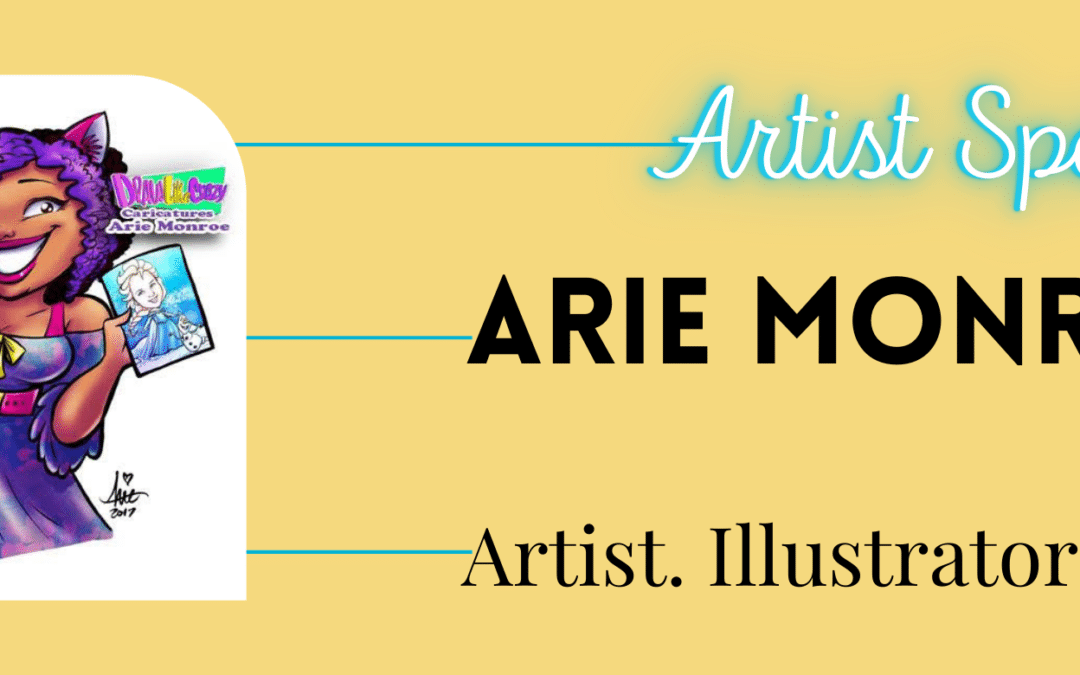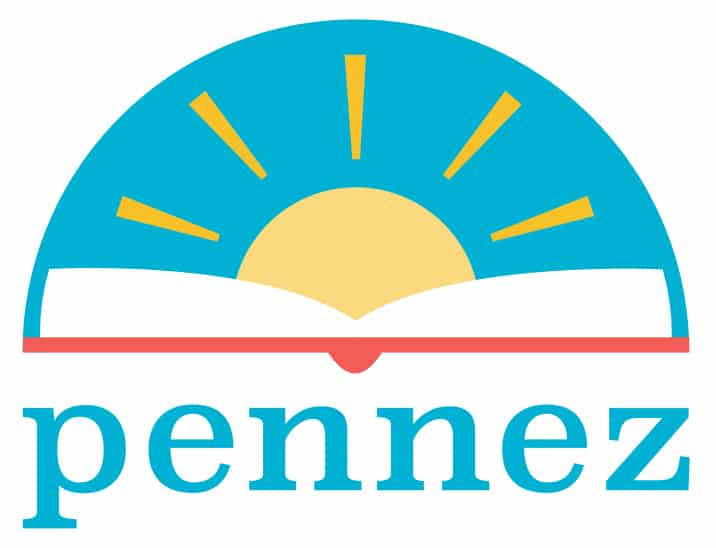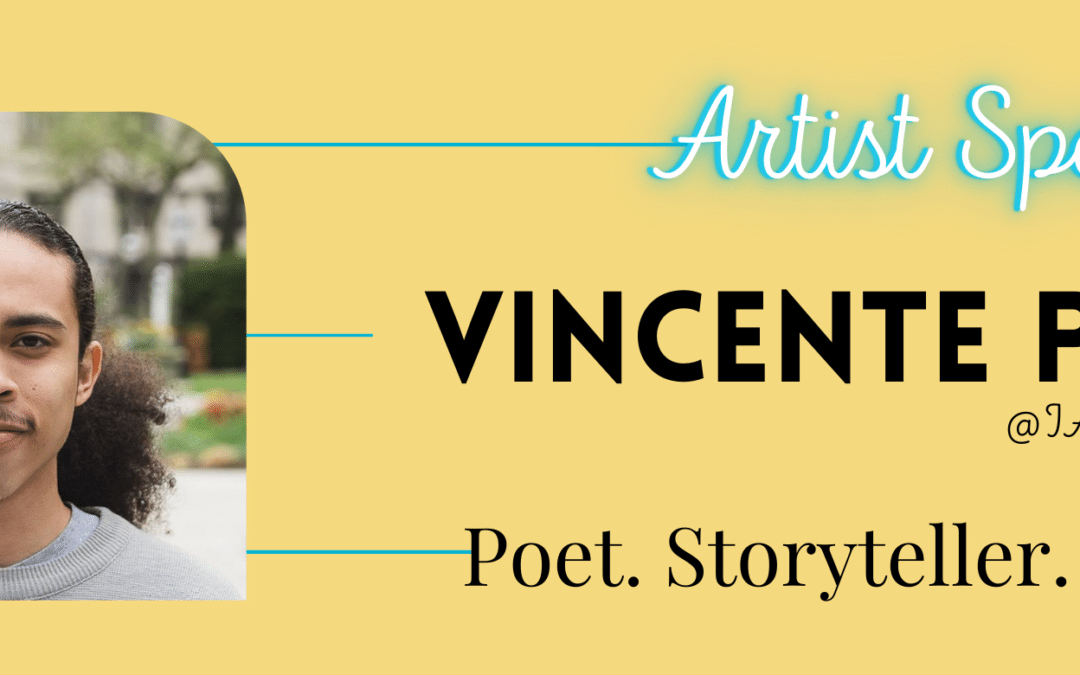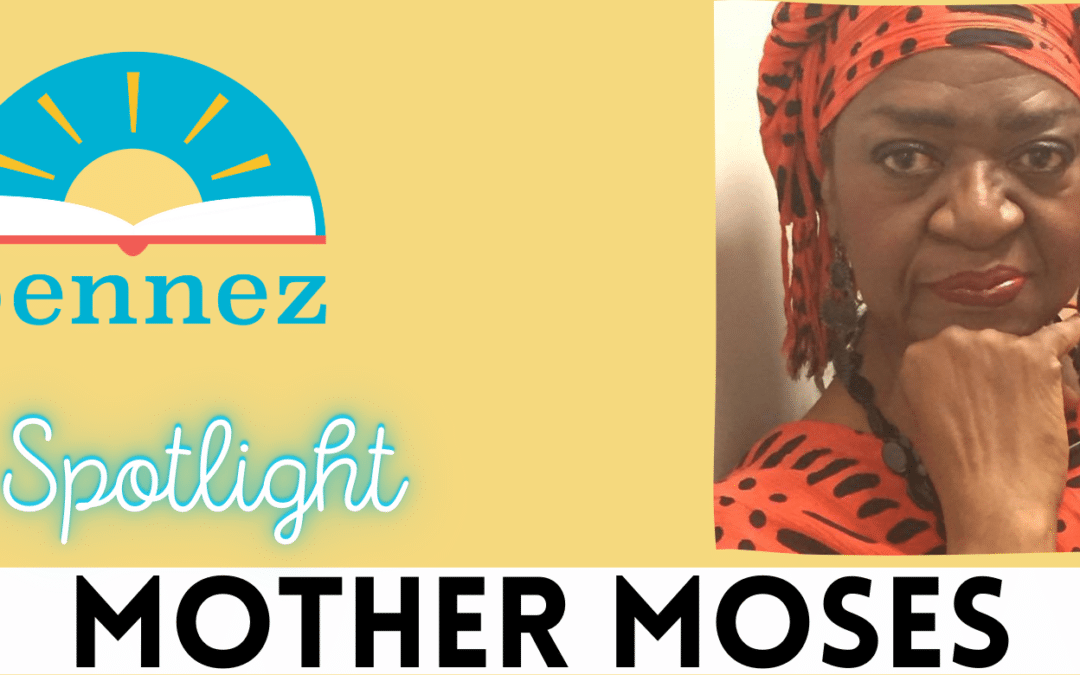Connectedness, inclusion, and community are themes that one will find when reading the picture book narrative poem, One Today. In One Today, Richard Blanco shows a literary celebration of how we are all connected no matter if someone is a teacher, a mother or father, a truck driver, or a shop owner. Blanco embarks the reader on a narrative of different individuals following their day-to-day goals. The art illustrates how we are all connected on this One Day. It illustrates that we are together and everyone is included. Blanco remarked that, “I love the word inclusion. I like the word inclusion where it is a come as you are party. Everyone is welcome. We all in our own endeavors belong to this larger role.”
One Today’s words and images gives the ready and experience of engaging and relevant artists. One who is a “One Today’s vision is that we did not change one idea with the poem. The paintings help to engage in the poem. I like that the book itself gives kids an early experience that poetry is relevant.”
Richard Blanco
How were you chosen to present at the inauguration?
It is still a mystery to me that they never really tell you. When I think of it however, that the president and I have similar biographical histories. I was conceived in Spain. Forty-Five days later, we immigrated to the United States. So a lot of the themes in my work identifying the themes as Am I American? Am I Cuban? Do I belong? What is my identity? I think about cultural negotiation, place, identity, and belonging.
As a little boy I can see him asking those same questions in terms in another layer of race too. We also had very influential grandmothers who played special roles in each of our lives. So I am thinking that if he was presented with poets I am thinking that that’s what closed the gap. I have always admired him in that way where he is an American dream come true. I have always been chasing that or asking in terms what that means.
Why was Dav Pilkey chosen as your illustrator?
I just love his work in the Caldecott honor book, the Paperboy. I feel that my writing is filled and lush with imagery and I see our work braided together. Dav’s work does not leave one blank dead space on the canvas and that’s how I feel how writing is. It is emotional a well. He uses every single inch, there is no white space, where it’s all connected, flowing, and fluid.
Why was One Today chosen as the title of your narrative?
The poem takes us through one day from dawn until midnight. It started as one day, but one today has a double meaning. It has this oneness where we are interconnected to this narrative of America in one day. So it is written as we are all one for that moment, for those 7 minutes where I read the poem at the inauguration. Let’s acknowledge that whether we behave together; let’s be at our best sprit in America. It is that meanings in America that we are one. One Today provides a true spectrum.
Why did you write your poem as a narrative?
I have always been a narrative poet. I think narratively, I always felt like a poet. I love storytelling in general; whether it’s in a poem or an in essay, or just talking to someone. I just love telling stories and that makes it into my poetry, One Today. In the Latino culture there is this art of storytelling. We sit around and it’s time to tell stories. After having coffee and a shot of espresso you just start telling stories and about what happened yesterday, today, last year, or what is going to happen tomorrow. I grew up looking at narratives all my life and stories from the past and present. I listened to adults and heard their stories.
On a practical sense, One Today was my first spoken word poem knowing that it would be heard before it would ever be read. So the idea of a narrative to me is a way of organizing information. When we story tell, it is usually an oral tradition. We have been telling each other poems and stories for many hundreds of years and more than reading them in books. So storytelling was a technique that I needed in that poem. It also needed a logical beginning and end. So it gave the narrative a boundary of time in order to connect the poem.
What is important to you in terms of diversity?
I write from the obsession of finding identity, belonging, place, community, and family and what all that means. I grew up in Miami since I was four years old. I was not educated in Spanish but I can speak Spanish. I write from a place of national loyalty, cultural loyalty which is always in my background. Including my background is something that I do not try, it just is. In some ways as artists we are writing about our experiences to have a larger conversation about everything. It strikes me that here is an irony in art in diversity and inclusion. At the one hand we are drawing our distinctions to acknowledge and distinct them. But with all art we are trying to get to something universal through the very particular message through all of my work. For someone who is not diverse, in a way we are all diverse.
The poem connects that human bridge where we are all human beings. Some times at poetry readings people have said, “Wow your mother is like my grandmother.” Where that person is from Latvia or the person is four generations of New Englanders. They see the humanity, and they do not see the picture of a Latino man, we are talking about the same thing; love, hate, family, belonging, feeling like an odd ball growing up. We’ve been talking about all of these things. There is an irony of diversity and inclusion, and the ultimate goal is to not have to use that word. Diversity is done to show how we are all different, but it is more important to show here is how we are all human. Diversity shares the prefix with division. I want to show in One Today how we are all connected. Here is that bridge of shared humanity. Our great leaders have spoken to us about spiritual confidence and not hate. A place of passion and saying “look at me, look at my humanity. Look at my color and languages. But ultimately “see us, see me, we are human.” We are not abstractions. The power is to see the power in you. This poem is celebrating how we are all connected.





